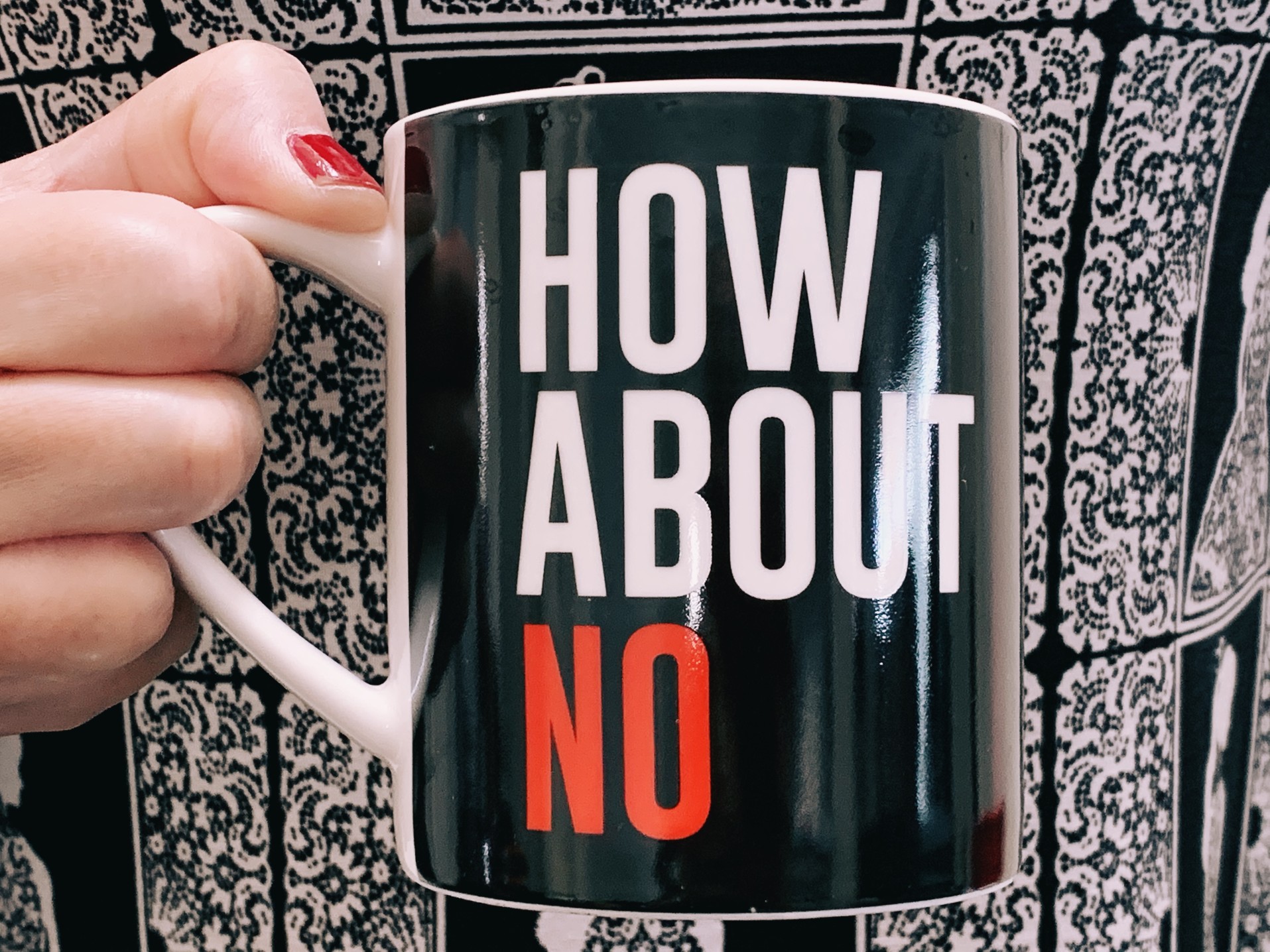
All my people-pleasers gather around and let me tell you about a magical trick that will grant you more time in your schedule, reduce burnout and clear your mind.
It’s saying “No”
Unfortunately, all magic comes with price and the price you might pay when you turn someone down is feeling guilty.
But maybe you don’t have to decide between being over-committed or feeling bad about letting someone down.
Let’s look at some reasons why you should say “No” and ways you can do it without feeling like the bad guy.
When you should absolutely say “No”
- It will take your time and attention away from something that is more important
- It does not align with your values
- It will make you feel (more?) burned out
- It will be bad for your mental health
- You know you will regret saying “yes”
Tips on How to Say “No”
You could just literally say “No, I can’t do that.”
No really, there is absolutely nothing wrong with just saying “No” to someone without giving any reasons or cushioning it in any way.
But before we get to what words you use, Elizabeth Scott makes these 3 suggestions on how to say it in Say No to People Making Demands on Your Time:
1 Be firm, but polite.
You want to be sympathetic but do not want it to seem like you will change your mind if they push you.
2. Be clear.
If you know you aren’t going to ever say “yes” don’t tell them you will get back to them. You will disappoint them more by leading them to believe there is a chance.
3. No excuses necessary.
You don’t really owe anyone an explanation. A generic “It doesn’t fit with my schedule” should suffice.
Jonathan Alpert adds to those suggestions in 7 Tips for Saying No Effectively
- Say it
- Understand people’s tactics
- Set boundaries
- Put the question back on the person asking
- Be selfish
Ways to Say “No”
In her post 7 Ways to Say No Without Actually Saying It, Kivi shares a few approaches to saying “No” that may work for you:
- “Let’s talk about our goal with this. What are we trying to accomplish?”
- “Doing this means I couldn’t do __________ this week. Is that a good trade-off?”
- “How about if I ________ instead?”
- “Can you get me more information?”
- “Let me think about that and get back to you.”
- “I’m going to put that on my Good Ideas List.”
- Say nothing at all.
And Daniel Potter suggests these 5 strategies in How to Say No: A Guide to Saying No Politely:
- Cushion it with kindness or a compliment.
- Give your reasons.
- Be brief, but not brusque.
- Leave the door cracked if the answer is more “not now” than “no”
- Offer an alternative.
If you want to learn more about the psychology behind saying “no” and how it makes us feel, check out How to Say ‘No’ Politely. This article dives into rejection, FOMO and the three ego states among other things. It also shares more tips like plan ahead and keep it simple.
The Gift of Your No
Finally, remember these words from Kate Northrup in How to Say No Politely (While Honoring Yourself)
The gift of your no is that everyone in your life knows that when you do say yes, it’s real. They know where they stand with you. It puts everyone at ease.
And you honoring your “yes’s” and your “no’s” means that you get to trust yourself more and more, each and every day. Since you’re the only one you’ll be spending your entire life with, that’s a pretty big deal.
May we all have the cojones to say no when we mean no and yes when we mean yes.






